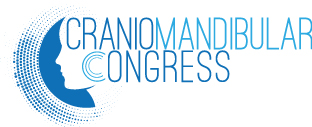CRANIO MANDIBULAR CONGRESS
26 – 27 – 28 APRIL 2019 – Rome, Italy
Day(s)
:
Hour(s)
:
Minute(s)
:
Second(s)
Gathered in Rome Professionals, National and International Authors of more than 1000 scientific articles and more than 10 books about Temporo-Mandibular Disorders!
Book your best ticket to the Cranio Mandibular Congress
Base
CONGRESS
€300,00
Early Bird. 1 Jan – 15 Feb
€250,00
Silver
CONGRESS
+ 2 workshop
€600,00
Early Bird. 1 Jan – 15 Feb
€500,00
Gold
CONGRESS
+ 4 Workshop
€700,00
Early Bird. 1 Jan – 15 Feb
€600,00
FOR MORE INFO, FILL THE FORM!
WELCOME
Cranio-Mandibular o Temporo-Mandibular Disorders (TMD) comprises a variety of clinical conditions affecting the anatomy and neuro-functional characteristics of the temporo-mandibular joint (TMJ). Several factors contribute to TMD‘s complexity and they frequently provoke muscular, articular and peri-articular pain and other symptoms:
- factors related to dentition,
- clenching,
- swallowing
- other musculo-skeletal and psycho-emotional issues,
- individual tolerance and resilience,
- ambience.
TMD are the major cause of non-odontogenic orofacial pain (1,2) and has considerable prevalence that has been reported to be between 3.7% and 12%. It is three to five times more frequent in women (3).
TMD have a signicant impact on physical and psycho-social factors(1) and also contributes to a high proportion of socio-economic costs, which are usually associated with comorbidities, such as depression and other psychological factors.(4-6). Temporo-mandibular Disorders (TMDs) and headache are also closely related pathologies. The prevalence of headache in the dysfunctional temporo-mandibular population varies between 48% and 77%, while in the general population the prevalence of headache is around 45% (7-10).
Primary headaches as Migraine, ETTH (Episodic Tension Type Headaches), and CDH (chronic daily headaches) are more common in patients with TMD symptoms compared to individuals without headache (11-12). These patients often go to visit several professionals and receive many and/or contradictory treatment options which are usually not evidence-based.
Many TMD therapeutic approaches are individually promoted and they are still based on bio-medical theories or “personal opinion/experience” without any scientific supporting evidence.
Things have changed and scientific research have moved forward (13-14).
Multiple factors act in the etiology of TMDs and the patient’s expectations, values and the context play a key role to pay attention to (15).
So, as the “modern” biopsychosocial model supports, we need to do things differently and to promote a real multidisciplinary evidence & patient-based approach to provide TMD best care.
This will be the main purpose of this our first Cranio Mandibular Congress and for these reasons, every professionals who treat cranio-mandibular disorders and desire to provide the best practise should partecipate.
References
1. Conti PC, Pinto-Fiamengui LM, Cunha CO, Conti AC. Orofacial pain and temporomandibular disorders: the impact on oral health and quality of life. Braz Oral Res. 2012;26 (Suppl 1):120–123.
2. Zakrzewska JM. Temporomandibular disorders, headaches and chronic pain. J Pain Palliat Care Pharmacother. 2015;29(1):61–63.
3. Magnusson T, Egermark I, Carlsson GE. A longitudinal epidemiologic study of signs and symptoms of temporomandibular disorders from 15 to 35 years of age. J Orofac Pain. 2000;14(4):310–319.
4. Giannakopoulos NN, Keller L, Rammelsberg P, Kronmüller KT, Schmitter M. Anxiety and depression in patients with chronic tem- poromandibular pain and in controls. J Dent. 2010;38(5):369–376.
5. Reiter S, Emodi-Perlman A, Goldsmith C, Friedman-Rubin P, Wino- cur E. Comorbidity between depression and anxiety in patients with temporomandibular disorders according to the research diagnostic criteria for temporomandibular disorders. J Oral Facial Pain Head- ache. 2015;29(2):135–143.
6. Gil-Martínez A, Grande-Alonso M, La Touche R, Lara-Lara M, López- López A, Fernández-Carnero J. Psychosocial and somatosensory fac- tors in women with chronic migraine and painful temporomandibular disorders. Pain Res Manag. 2016;2016:3945673.
7. Glaros AG, Urban U, Locke J, “Headache and temporo- mandibular disorders: evidence for diagnostic and behavioural overlap,” Cephalalgia, vol. 27, no. 6, pp. 542–549, 2007.
8. Mitrirattanakul S, Merrill RL, “Headache impact in patients with orofacial pain,” Journal of the American Dental Association, vol. 137, no. 9, pp. 1267–1274, 2006.
9. D’Urso A, Serritella E, Tolevski Meshkova D, Falisi G, Di Paolo C, “Headache and temporo mandibular disorders: epidemiological assessment,” Minerva Stomatologica, vol. 65, no. 2, pp. 85–96, 2016.
10. Stovner LJ, Hagen K, Jensen R et al., “ The global burden of headache: a documentation of headache prevalence and disability worldwide,” Cephalalgia, vol. 27, no. 3, pp. 193–210, 2007.
11. Goncalves DAG, Bigal ME, Jales LCF, Camparis CM, Speciali JG, “Headache and symptoms of temporomandibular disorder: an epidemiological study: research submission,” Headache, vol. 50, no. 2, pp. 231–241, 2010
12. Tomaz-Morais JF, Lucena LB, Mota IA, Pereira AK, Lucena BT, Castro RD, Alves GÂ. Temporomandibular disorder is more prevalent among patients with primary headaches in a tertiary outpatient clinic. Arq Neuropsiquiatr. 2015 Nov;73(11):913-7
13. Fernandez-de-las-Penas C, Svensson P. Myofascial Temporomandibular Disorder. Current Rheumatology Reviews, 2016;12(1):40-54
14. Manfredini D, Lombardo L, Siciliani G. Temporomandibular disorders and dental occlusion. A systematic review of association studies: end of an era? J Oral Rehabil, 2017 Nov;44(11):908-923
15. Testa M, Rossettini G. Enhance placebo, avoid nocebo: How contextual factors affect physiotherapy outcomes. Man Ther. 2016 Aug;24:65-74.
SOME SPEAKERS
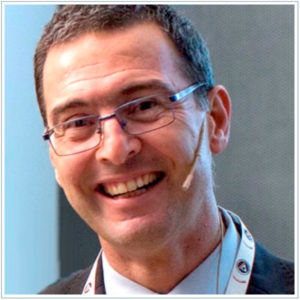
PROF. DANIELE MANFREDINI
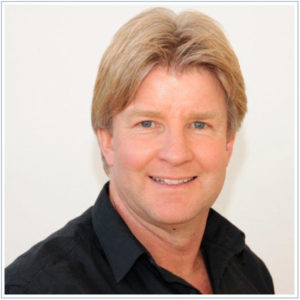
PROF. HARRY VON PIEKARTZ
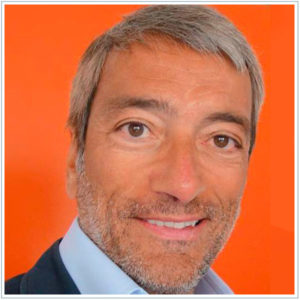
PROF. CARLO DI PAOLO
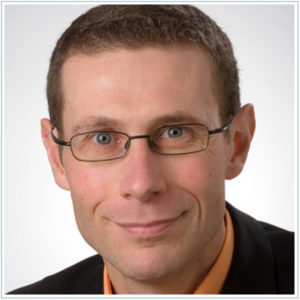
PROF. PETER SVENSSON
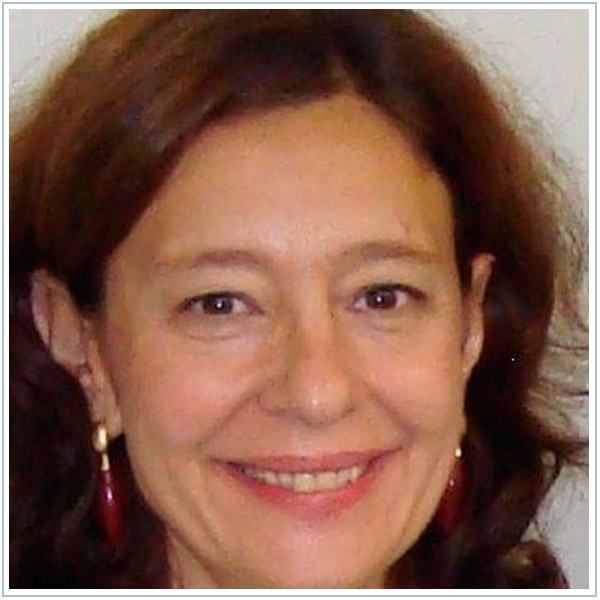
PROF. CLAUDIA MARIA DE FELICIO
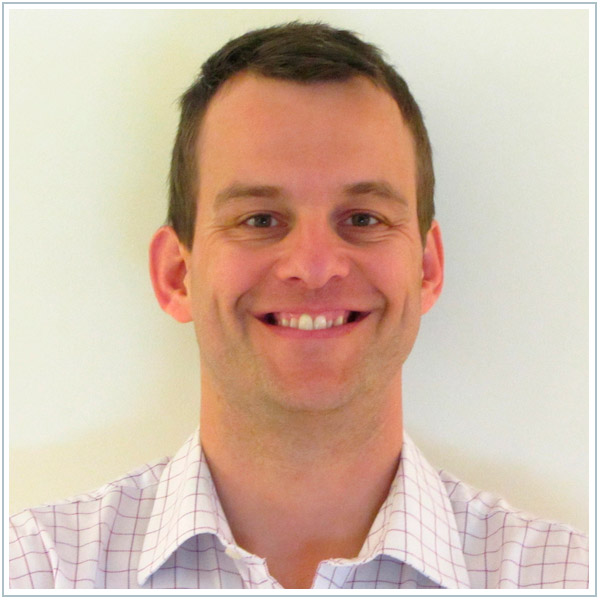
PROF. CESAR FERNANDEZ DE LAS PENAS
PROGRAM
26th, APRIL 2019
From 09:00am to 06:00pm: Congress
› 8.30 – Welcome
› 9.00 – Prof. Peter Svensson, Aarhus University (DEN): An update on orofacial pain diagnoses and management.
› 9.30 – Prof. Stefano Vollaro, Università di Napoli Federico II (ITA): Primary headache in TMD patients.
› 10.00 – Prof. Daniele Manfredini, University of Siena (ITA):Temporomandibular disorders, bruxism, and dental occlusion: from false myths to clinical practice.
› 10.30 – Prof. Susan Armijo Olivo, University of Alberta (CAN): Therapeutic exercises for temporomandibular disorders: what is the evidence?
› 11.30 – COFFE BREAK
› 11.30 – Prof. Carlo Di Paolo, Sapienza University of Rome (ITA): Gnatologic management of patient with TDM.
› 12.00 – Prof.Cesar Fernandez de Las Penas, Rey Juan Carlos University of Madrid(ESP): Manual Therapy and Dry Needling for Temporomandibukar Pain Disorders
› 12.30 – Prof. Piero Cascone, Sapienza University of Rome (ITA): TMJ surgery: when and which
› 13.00 – COFFE BREAK
› 15.00 – Prof.ssa Claudia Maria de Felicio, University of São Paulo (BRA): Oral Motor Therapy for TMD
› 15.30 – Prof. Esther Bianchini, University of Sao Paulo (BRA) : Myofunctional Approach for facial pain and TMDs
› 16.00 – COFFE BREAK
› 16.30 – Prof. Marco Testa, University of Genova (ITA): How is often better than what: the mechanisms behind the placebo response and their management in TMDs
› 17.00 – Prof. Harry von Piekartz, University of Applied Science Osnabrück (GER): Trigeminal Sensitivity changes and the influence motor control and pain in the head, face and neck region
› 17.30 – Prof. Jesus Requena Garcia, FBEO (SPA) : Functional relationship of the mandible with the base of the skull
27th, APRIL 2019
From 09:00am to 06:00pm: Workshop*
PRATICE WITH THE EXPERTS!
> Prof. Daniele Manfredini
“TMD, Bruxism and dental occlusion: from false myths to clinical practice”
> Prof. Harry Von Piekartz
“Neuromuscular assessment and differential diagnosis TMD vs cervical dysfunction and pain“
> Prof. Susan Armijo Olivo
“Motor control and exercise therapy for cervical muscles as a treatment strategy for patients with craniofacial pain”
> Prof. Claudia Maria de Felicio
“Oral Motor Therapy for Temporomandibular Disorders“
> Prof. Carlo di Paolo & Dott. Luca Giannelli
“Influence of the visual system in postural and stomatognthic dysfuncions”
*Each Workshop will be held 2 times during the same day (a morning session and a afternoon session) so you will be able to partecipate to 4 workshops in 2 days!
28th, APRIL 2019
From 09:00am to 06:00pm: Workshop*
> Prof. Peter Svensson
“An update on orofacial pain diagnoses and management“.
> Prof. Jesus Requena Garcia
“Ostheopathic cranial manipulationsfor tmj disorders”
> Dott. Riccardo Rosa
“Cervical red flags & neuromyofascial techniques for TMDs”
> Prof. Esther Bianchini
“Resources of orofacial myofunctional therapy in a functional approach”
*Ogni workshop verrà ripetuto due volte nella stessa giornata (sessione mattutina e pomeridiana), in questo modo potrai partecipare fino a 4 workshop in 2 giorni!
